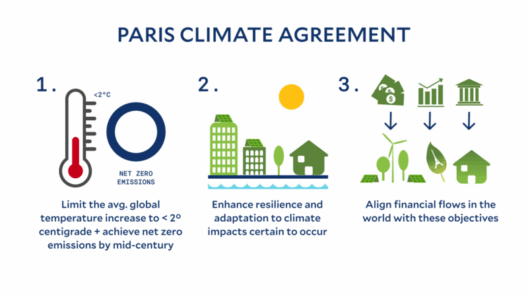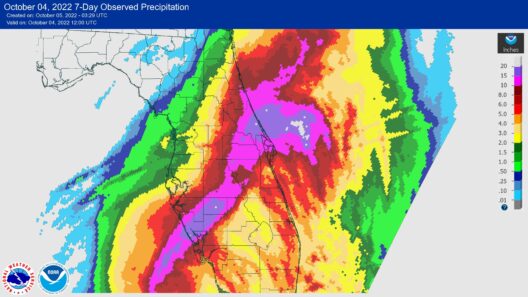As we glide through the urban labyrinth in our metallic chariots, we tend to focus on the immediate benefits of our vehicles—convenience, speed, and the semblance of freedom. Like a magician skimming gracefully across a stage, cars cloak the reality of their operation, concealing the profound consequences that unfurl beneath the hood and beyond the asphalt. This essay delves into the unseen costs of our cars, unfurling the layers of impact that extend beyond our exhaust pipes into the fragile fabric of our ecosystem.
In the daily commute, it is easy to overlook the mechanical behemoths that rumble down our streets, specifically how they contribute to climate change. Each journey taken is not merely a straight path from point A to point B; it is a journey laden with particulate matter, carbon emissions, and a litany of environmental repercussions. Therein lies the paradox: while cars promise convenience, they are also harbingers of environmental degradation, manifesting oblique costs that ripple through our atmosphere and ecosystems.
At the heart of the matter is the emissions produced by internal combustion engines. Carbon dioxide, nitrogen oxides, and volatile organic compounds are not mere byproducts; they constitute the very essence of the looming threat posed by our automotive reliance. The notion that cars are mere metal shells is a dangerous illusion. Instead, they are conduits of destruction, firing emissions like arrows that contribute to the greenhouse effect. This treacherous feedback loop ensnares future generations within an increasingly inhospitable climate, blurring the oft-ignored lines between travel and ecological responsibility.
Yet, emissions from cars do not operate in isolation. Urban areas become veritable cauldrons of environmental strife, with air pollution exacerbating health issues in populations already vulnerable. Respiratory ailments, cardiovascular diseases, and mental health complications—these afflictions coalesce as a direct consequence of prolonged exposure to the toxic miasma emitted by our vehicles. How many lives must be traded for convenience, while the air we breathe becomes a battleground, rife with particulate pollutants? The cost extends beyond the pocketbooks of vehicle owners; it is a collective price paid by society.
The environmental implications of our cars also extend into the realm of resource consumption. The construction of vehicles demands a plethora of materials, from steel and aluminum to rare earth elements. Mining and extraction processes strip the earth bare, decimating ecosystems and irrevocably altering landscapes. The irony lies in our endeavor to chase technological advancements; we seem to race toward a precipice, oblivious to the cascading effects that arise from our relentless quest for progress.
Furthermore, the fuel that propels our vehicles is derived from fossil fuels, the extraction of which has wrought havoc on the planet. Oil spills mar pristine oceans, annihilating marine life and disrupting delicate aquatic food chains, while fracking and drilling scar the earth’s crust. This process lays bare yet another facet of the unseen costs: environmental degradation, biodiversity loss, and disrupted ecosystems, all part and parcel of our appetite for automotive transportation.
Moreover, the lure of convenience often blinds us to alternatives that foster sustainability. Public transportation, cycling, and walking are not merely modes of transit; they are pathways to reducing the ecological burden imposed by private vehicles. The recalcitrance surrounding the adoption of eco-friendlier practices stems not just from convenience but also from a societal narrative that prioritizes the individual over the collective good. It is reminiscent of a sumptuous banquet at which few diners remember that the sumptuous feast feeds on the decimation of farmland, the habitat of countless species.
Beyond the realm of personal health and the environment, the socio-economic ramifications of car dependency merit consideration. A significant portion of urban budgets is allocated to road infrastructure and maintenance. Funds essential for educational, social, and public health initiatives find themselves entangled in the vortices of asphalt expansion and roadway proliferation. A balanced approach—a strategic reallocation of resources—could pave the way for enhanced public transportation networks, thereby nourishing community growth and cohesion.
Nonetheless, the digital age heralds an abundance of innovation, introducing electric vehicles (EVs) as a beacon of hope amid these challenges. While the shift to EVs signifies progress, we must remain vigilant. Their batteries demand lithium and cobalt, resources tethered to their own supply chain dilemmas—environmental exploitation, human rights abuses during extraction, and increased landfill waste. Thus, even as we navigate toward seemingly greener alternatives, we must remain steadfast in our pursuit of conscientiousness, fully grasping the entire lifecycle of automotive technology.
In grappling with the multifaceted impacts of our vehicular lifestyle, it becomes imperative that we challenge our relationship with cars, adopting a more reflective approach. The transition from a culture in which cars are seen as extensions of our identity to one that prioritizes sustainable transportation modes may seem daunting. Still, with concerted effort, societal mindset shifts, and robust policy adjustments, the potential for improvement exists. Emphasizing community engagement and fostering a collective desire for eco-friendliness can nurture a paradigm shift.
As we peer beyond the exhaust fumes, we must remain aware of the profound costs hidden in the shadows, urging ourselves to seek alternative paths devoid of the intricacies of harm we have cultivated. The challenge lies not only in addressing the immediate impacts of our cars but in reimagining transportation altogether. For only when we confront the unseen costs can we grasp the reality of our environment and forge a sustainable future—a future where impact and sensitivity harmonize to protect our planet’s delicate equilibrium.







